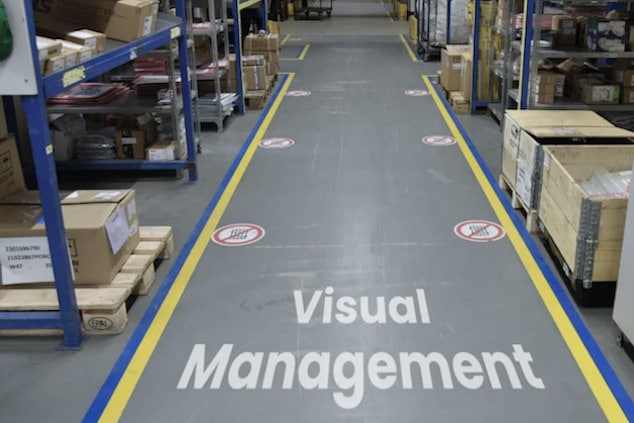
Workplace layout ideas to improve efficiency & flexible workstations. How to better organize work space, visual cues, rethink storage.
Manufacturing is an industry where speed and adaptability often determine success. How a space is laid out can directly affect how smoothly teams work, influencing everything from production flow to team morale. When spaces are too rigid, they create problems that slow things down and drive up costs.
Looking closely, there are several ways a stiff layout can hurt performance. Tackling problems gives manufacturers a chance to rethink their setup, which can lead to better workflows. Examining elements may spark useful conversations about updating workspaces to improve results.
1. Bottlenecks from Fixed Electrical Infrastructure
Delays during layout changes often come from fixed electrical systems. Traditional wiring makes moving equipment a hassle, which wastes time when changes are needed. If power sources can’t be moved easily, production can stop entirely. Workers may need to wait for electricians to disconnect and reconnect machines, which leads to overtime pay and machines sitting unused.
Switching to industrial Track Busway systems can fix this. Setups allow power sources to be moved quickly, making it easier to shift equipment around. For instance, power drops can be repositioned without opening ceilings or rewiring walls. Flexibility in layout means less downtime and faster reactions to production changes.
2. Inefficiencies from Immovable Workstations
It’s tough to balance production lines when workstations are stuck in place. When demand changes or teams shift, an inflexible setup makes it hard to adjust. If one area slows down, and the equipment can’t move, it leads to wasted time and congestion. Workers and machines end up waiting, which lowers overall efficiency.
The situation highlights the need for flexible workstations. Mobile or adjustable setups allow teams to shift things quickly as production needs change, such as moving assembly benches closer to inspection stations during high-output periods. In some cases, workers may also need to group specialized tools or machinery alongside benches, making the ability to relocate equipment clusters especially useful. Mobility leads to smoother workflows and better use of space and workplace layout.
3. Challenges from Inflexible Aisle Widths
Narrow, unchanging aisles often cause problems in factories, especially when handling materials. When new equipment or large items are added, tight spaces can lead to backups and delays. Workers may have to wait for others to pass or reroute completely, especially during peak activity. Instead of helping productivity, these narrow paths slow things down, forcing workers to take longer routes.
Revisiting aisle layouts can improve how things move around the floor. Giving machines and people more space to operate safely helps shifts run faster. For example, widening aisles can allow forklifts and carts to pass without needing to stop or reverse. Rethinking aisle widths can improve both productivity and safety.

4. Obsolete Visual Management in Shifting Layouts
Fixed signs and painted lines on the floor often cause confusion when layouts change. As workflows shift, these old markers can become misleading. Workers may waste time or make mistakes because the signs don’t reflect the new setup, especially in fast-paced areas where teams rely on clear cues to keep operations moving.
Using mobile visual tools can help a lot. Digital signs or adjustable indicators offer clearer guidance and adapt easily to changes. Keeping signage up to date helps workers stay on track, even as things move around. Updating visual systems regularly can make the workplace much more efficient.
5. Ineffective Racking and Storage Solutions
Storage that doesn’t adapt creates problems when production demands change. Fixed racks can block access to materials, wasting time as workers hunt for what’s needed—sometimes even requiring multiple trips across the floor to retrieve a single part. Disorganization leads to slowdowns and hurts productivity.
Looking at storage setups might show the need for more flexible systems. Mobile racks or adjustable shelves make it easier to keep materials where they’re needed, such as near assembly zones or frequently used machines. In some setups, materials needed for high-mix, low-volume production runs must be rotated in and out quickly, so accessible storage close to workstations becomes essential. That way, things are easy to find and move, helping everything run more smoothly.
A rigid layout slows production, wastes time, and frustrates teams. Instead of repeating the same bottlenecks, start with a simple floor walk. Notice blocked paths, unused machines, or cluttered storage. Ask your team what slows them down the most. Small changes—like movable power drops or wider aisles—can cut downtime and help shifts run smoother. Look for areas where people wait, double-handle materials, or detour to reach tools. Every hour lost to poor layout is an opportunity to improve. Don’t let fixed infrastructure dictate your pace. Adapting your workspace starts with asking the right questions and acting on what you find.






